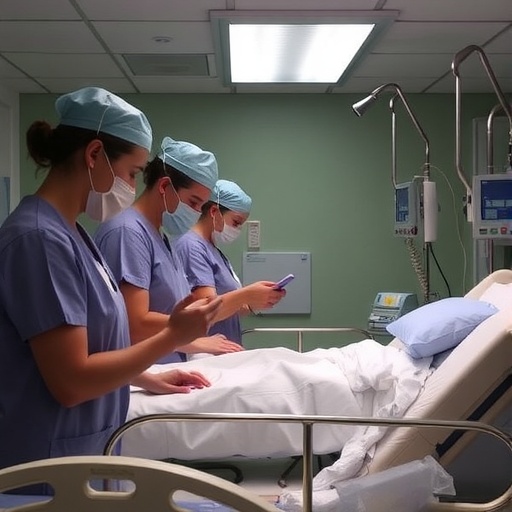There just aren't enough kidney transplants available for the millions of people with renal failure. Aside from a transplant, the only alternative for patients is to undergo regular dialysis sessions to clear harmful cellular waste from their bodies. Now, scientists report in ACS Nano a new urea sorbent that could accelerate progress toward the development of a lightweight, wearable artificial kidney with the potential to make dialysis more convenient, comfortable and effective.
Dialysis typically requires three visits every week to a health care center, where patients are tethered to a machine for hours. Not only is this cumbersome, but health outcomes with the treatment are poor. The problem is that kidneys filter blood around the clock; dialysis just can't do as good of a job when performed for only a few times each week. Scientists are eager to develop an artificial kidney that could be worn all the time, continuously performing dialysis. One obstacle, though, is urea, which must be removed to maintain the body's nitrogen balance. Currently, dialysis deals with urea using an enzyme that breaks the molecule down into ammonia and carbon dioxide, but the amount of material required to perform this reaction is too big and heavy to be comfortably worn on the body. So, Babak Anasori, Yury Gogotsi and colleagues wanted to try a new approach.
The researchers turned to an emerging nanomaterial called MXene, two-dimensional nanosheets of metal carbides. Instead of breaking down urea, MXene can capture the compound by sandwiching urea molecules between its nanometer-thin layers. At room temperature, the material could capture 94 percent of urea from the discarded materials from dialysis machines. When tested at body temperature (98.6 F), the material could hold onto even more urea. Furthermore, MXene did not kill cells, suggesting that it could be safely used in people. The researchers conclude that the material could help turn the concept of a comfortably wearable artificial kidney into a reality.
###
The authors acknowledge funding from the NOMAD project supported by the British Council and the U.K. Department for Business, Innovation & Skills through the Global Innovation Initiative and the U.S. Department of Energy.
The abstract that accompanies this study is available here.
The American Chemical Society, the world's largest scientific society, is a not-for-profit organization chartered by the U.S. Congress. ACS is a global leader in providing access to chemistry-related information and research through its multiple databases, peer-reviewed journals and scientific conferences. ACS does not conduct research, but publishes and publicizes peer-reviewed scientific studies. Its main offices are in Washington, D.C., and Columbus, Ohio.
To automatically receive news releases from the American Chemical Society, contact [email protected].
Follow us on Twitter | Facebook
Media Contact
Katie Cottingham
[email protected]
301-775-8455
@ACSpressroom
http://www.acs.org




